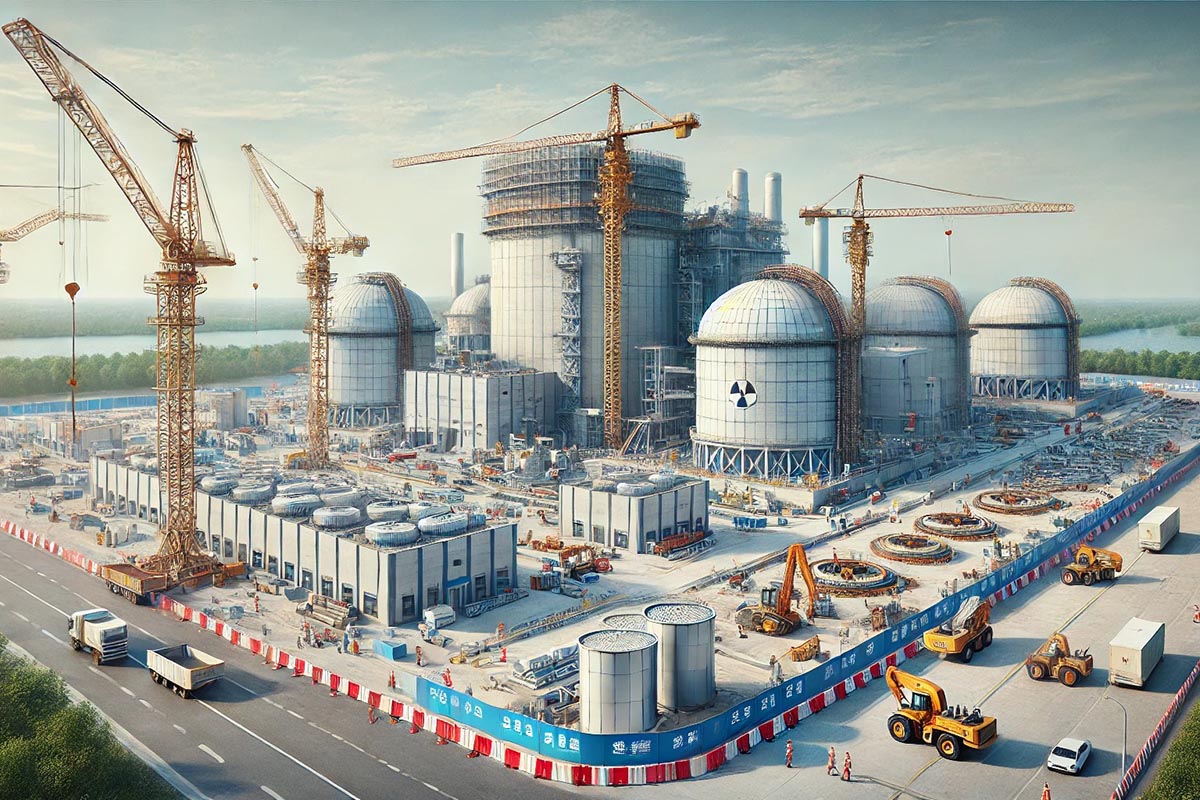China, already a world leader in nuclear energy production, is further strengthening its position by announcing a colossal investment of $31 billion for the construction of six new nuclear reactors. This project is part of a national strategy aimed at ensuring the country’s energy supply while respecting its environmental commitments, in particular the objective of carbon neutrality by 2060.
A strategic investment for energy
This investment is a key component of China’s energy policy, which seeks to meet growing demand while reducing dependence on fossil fuels. The new reactors will be built in strategic provinces: Guangdong, Fujian and Guangxi. These regions, already industrial and energy hubs, will see their production capacity increased, thus contributing to the country’s energy security.
https://srqbacklot.com/energie/laustralie-donne-le-feu-vert-a-la-construction-de-la-plus-grande-centrale-solaire-du-monde/595073/
By building these reactors, China reaffirms its role as a major player on the global energy scene. With 53 nuclear reactors already in operation and several others under construction, the country has one of the largest nuclear parks in the world.
Hualong one technology: a powerful tool
The new reactors will be based on Hualong One technology, a third-generation reactor model developed by China. This reactor stands out for its increased safety, its energy efficiency, and its economic competitiveness. Hualong One technology represents Chinese know-how in nuclear power and illustrates the country’s capacity to innovate in this sector.
The construction of these reactors is also part of a desire to promote Chinese nuclear technology abroad. China aims to become an exporter of nuclear technology, by offering turnkey energy solutions to developing countries looking to diversify their energy sources.
Towards carbon neutrality
This massive investment innuclear energy is part of China’s broader commitment to the energy transition. The country, which remains the world’s largest emitter of greenhouse gases, has promised to achieve carbon neutrality by 2060. Nuclear energy, with its low CO2 emissions, is seen as a key lever to achieve this goal.
By strengthening its nuclear fleet, China seeks to reduce its dependence on coal, which still represents a significant part of its energy mix. The new nuclear reactors will play a key role in this transition, by providing a stable, reliable and environmentally friendly source of energy.
https://srqbacklot.com/technologies/apple-smart-ring-the-next-big-tech-leap-to-control-your-devices/595079/
Challenges and prospects
While nuclear energy has many advantages, it is not without its challenges. Nuclear waste management, accident risks, and high construction costs are all challenges that China will have to overcome to successfully transition to a new energy system.
However, with this $31 billion investment, China is showing that it is ready to take on these challenges. The country sees nuclear power as a long-term solution to meet its energy needs while meeting its climate commitments.
In conclusion, China, with the construction of six new nuclear reactors, reaffirms its commitment to sustainable energy and a carbon-free economy. This massive investment in Hualong One technology strengthens the country’s position as a world leader in nuclear power and a key player in the global energy transition.


